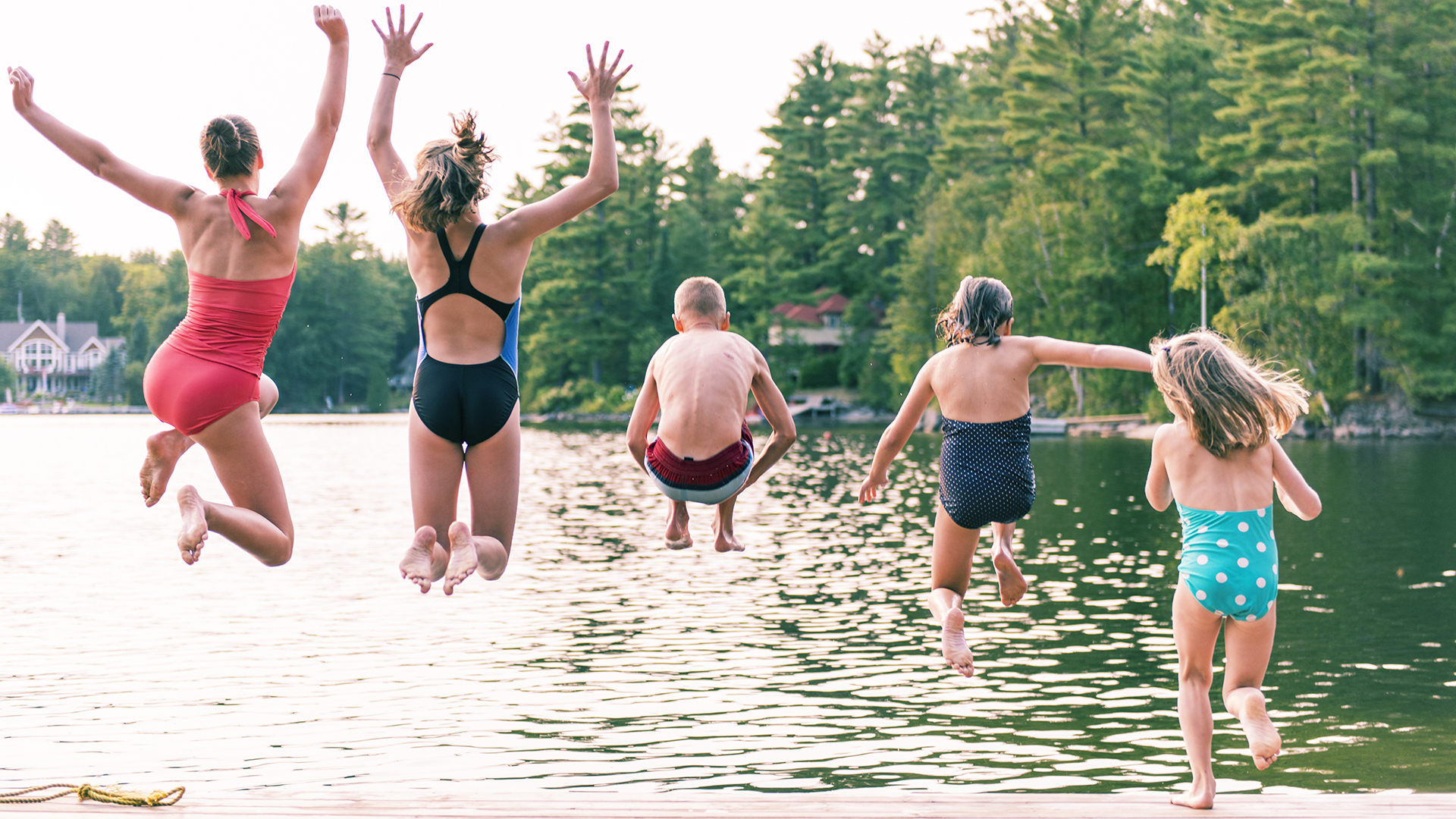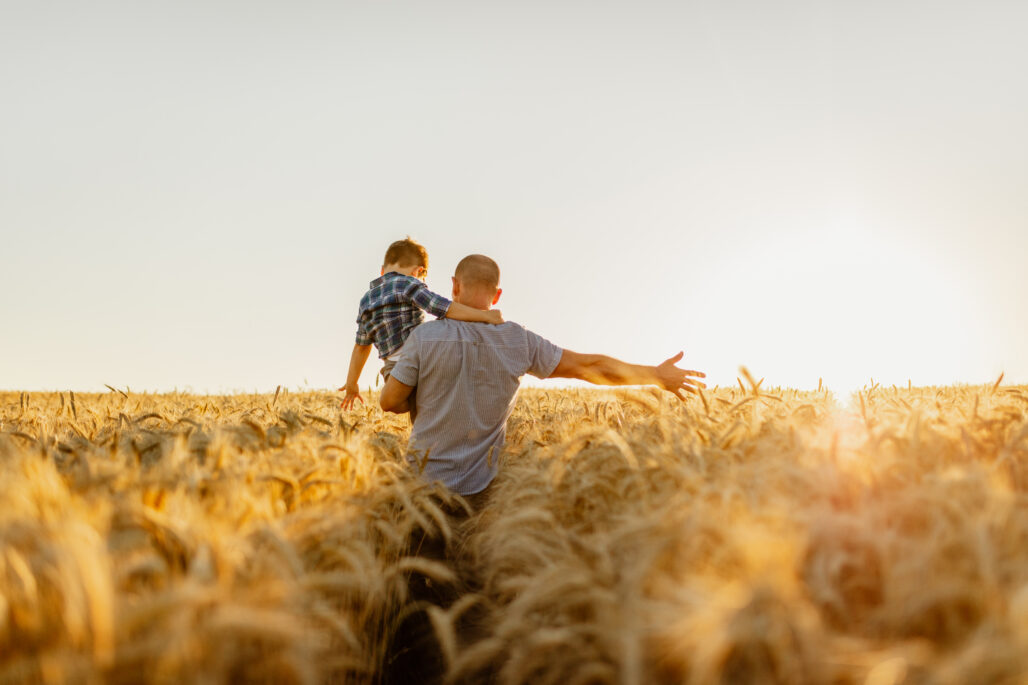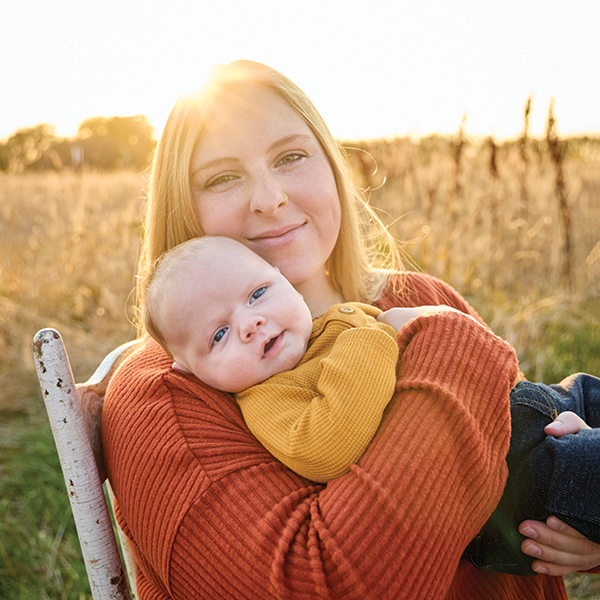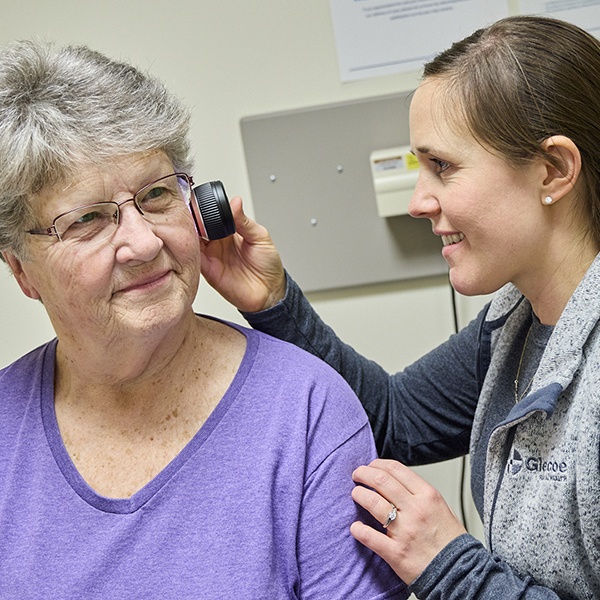
Six Ways to Keep Kids Healthy and Safe During the Summer Months
Any kid will tell you, summer is the best time of the year. With ample free time and the great outdoors at its most hospitable, kids are on the go until the cows come home. With some unbreakable rules and common-sense supervision, you can keep them safe on all their adventures.
1 – Slather on the sunscreen
Childhood sunburns are not only painful, but increase the risk of developing skin cancer later in life. The American Academy of Dermatology recommends you protect your kids by applying a water-resistant sunscreen with an SPF of 30 or greater that protects against both UVA and UVB rays. Reapply every two hours, or sooner after swimming or sweating. Remember that water and sand reflect UV rays and may result in sunburn more quickly.
2 – Keep the mosquitoes at bay
You can protect your kids from those swollen, itchy red welts and the risk of contracting West Nile virus. The American Academy of Pediatrics recommends using a mosquito repellent with no more than a 10% concentration of DEET, a chemical repellent that can be toxic in higher concentrations. DEET should not be used at all on infants less than two months old. When applying repellent to your child, apply it to your own hands first, then rub them on your child. Avoid your child’s eyes, ears and mouth. Do not apply to your child’s hands, as children tend to put their hands in their mouths.
3 – Practice water safety
According to Safe Kids USA, a national coalition of organizations working to prevent childhood injury, drowning is one of the leading causes of death for children under 14, with nearly 90 percent of these deaths occurring during the summer months. Never leave kids alone near a pool, lake or other body of water, no matter their ages or swimming abilities, or how deep the water is. And life jackets while boating are a must; you never know when an accident might happen.
4 – Make sure your kids know that helmets are not optional
Safe Kids USA reports that more children ages 5 to 14 are seen in hospital emergency rooms for injuries related to biking than any other sport. The most serious injuries are head injuries, which can cause life-changing brain damage or death. Safe Kids USA estimates that bike helmets could prevent 52 to 60 percent of bike-related head injury deaths and 68 to 85 percent of nonfatal head injuries. So make sure your kids strap on a helmet for every bike, skateboard, scooter and roller skate ride.
5 – Choose playgrounds with care, and be there
Most playground injuries are due to falls. Playgrounds with lower equipment heights and energy-absorbing surface materials, such as shredded rubber, wood chips, wood fiber or sand, markedly reduce the risk of head injuries and broken arms. According to Safe Kids USA, lack of adult supervision is associated with about 40% of playground injuries, so go to the playground with your kids, and make sure they are using appropriate caution on the equipment.
6 – Teach your children about stranger danger
Your kids need to understand the difference between “good strangers” such as police officers, security guards, teachers and store clerks, and “bad strangers,” who try to lure or physically pull them away and harm them. Understanding the difference will help your child know who to turn to for help. According to the National Crime Prevention Council, you should also teach your children not to go places alone. They should always have a buddy along. Teach your children that if they are approached by a stranger, they should remember what McGruff the Crime Dog says, “No, go, yell, tell.” They should say no, run away, yell as loud as they can and tell an adult. Teach your kids never to accept candy or other items from strangers, approach a stranger in a motor vehicle or walk with a stranger, regardless of what the stranger says.







